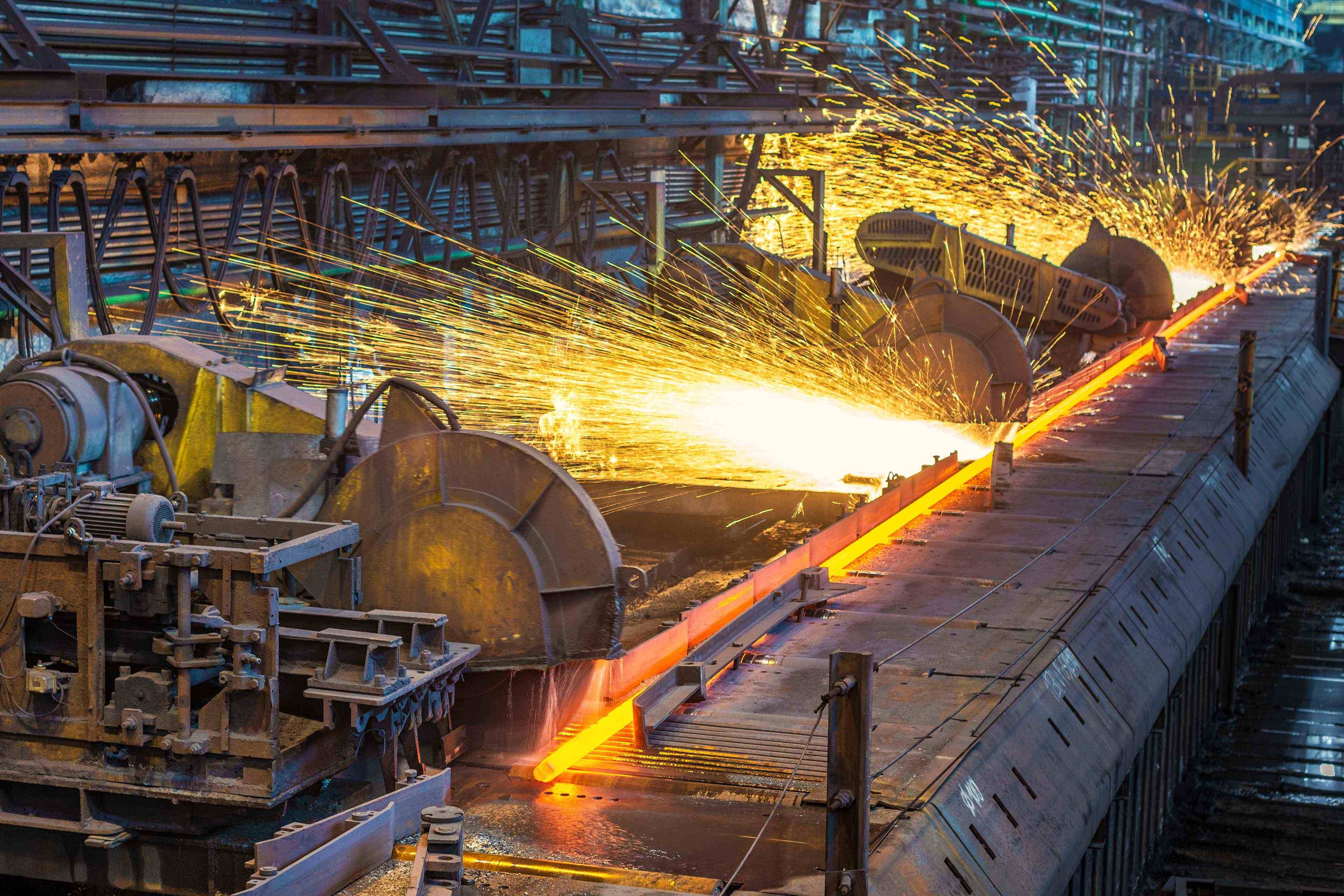India–US Trade Tensions Rise Over Steel and Auto Tariffs NMDC Limited reports a 38% drop in Q4 FY24 consolidated net profit RINL to Raise $23 Million Through Land Sales Amid Crisis

The threat of cheap steel imports flooding Indian markets has returned to threaten Indian alloy producers. Formosa Ha Tinh, a Vietnamese steel maker and exporter, was granted a licence last week by the Bureau of Indian Standards (BIS). The steel ministry's requirement for BIS licences hindered all imports late last year, but the company was able to start exporting steel to India again.
According to experts at market research and consultancy firm BigMint, "the apprehension is that other mills from FTA countries and China may also get a renewal of their licences for exporting to India," and this is concerning for Indian mills.
AM/NS's representative noted that now that India is an option, Vietnamese steelmakers will regard it as a profitable place to dump excess production. This may also impact the substantial expenditures that Indian steel manufacturers have already made to expand their steel capabilities.
According to AM/NS, nearly half of Vietnam's steel production is exported. The company also noted that this is partially due to China's heavy export of cheap steel to Vietnam, which floods the local market and pressures local players to look for other global markets.
According to government data, India's domestic crude steel production was 143.6 MT in FY24, with a consumption of 136 MT. About 8.3 million tonnes (MT) of finished steel was imported in FY24, a 34% growth compared to 6 MT in FY23. Steel exports during the year came in at 7.5 MT, turning the country into a net importer of steel.
The imports slowed only in the last quarter of fiscal year 2023-24 after the steel ministry issued a quality control order last October that made it mandatory for all steel products imported into the country to have a BIS licence and certification. “The Indian government had stopped renewing BIS licences in the second half of last year as a non-tariff barrier to reduce ballooning imports, which had hit domestic mills hard," BigMint’s analysts said.
Vietnam is the 4th largest source of steel imports into India behind South Korea, China and Japan. Just under 1 MT of steel was imported from Vietnam into India in FY24, accounting for 10% of the country’s total steel imports. The country also benefits from India’s free trade agreement (FTA) with the ASEAN block, allowing it to export steel to India without any duties, unlike in the case of China, which pays 7.5-10% import duty depending on the steel grade.
India is one of the world's only major consumers with a growing appetite for steel. Amidst muted global demand for the alloy, steel producers have been stuck with excess production, pushing down prices. While growing steel demand in India has helped Indian steelmakers post a rise in volumes and revenues, their margins have come under pressure due to weak global prices. This is because steel prices in the domestic market are closely linked to global prices. A large deviation in domestic and international prices provides dealers an arbitrage opportunity.
According to BigMint data, the price of benchmark hot-rolled steel coils declined from an average of ₹57,900 per tonne in September to ₹52,750 per tonne on average in March.
As the industry advocates for tariffs on the influx of imports, the government maintains its current stance on the issue. And while India's top steel producers have urged the government to safeguard measures, including the imposition of import tariffs, particularly from countries like China, government officials in earlier conversations have told Mint that, as per their analysis, imports were within their tolerance thresholds.
The government continues to maintain a close watch on import volumes coming into the country, these government officials said earlier. This comes at a time when the industry is trying to adjust its operations in accordance with the European Union’s Carbon Border Adjustment Mechanism (CBAM), which is further expected to hurt the exports of the country to key destinations in the European continent.
The country though remains is still in the initial stages of exploring various green steel production methods with the ministry setting a target of achieving net-zero emissions by 2070, with a roadmap focusing on the short term (2030). The stocks of major steel producers in the nation, including Tata Steel, JSW Steel, SAIL, and Jindal Steel and Power Limited (JSPL), have witnessed a significant uptick over the last six months.
Also Read : China's average steel prices fell marginally in late June India’s steel exports fall by 38%; imports gain 13%